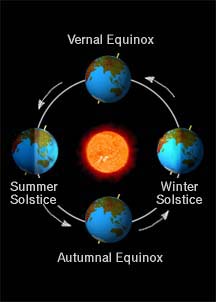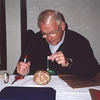This animation demonstrates very simply how different elements at different heights, let off energy that we see as different colors.
Click on image for full size
Axis Tilt
Axis tilt occurs when a planet’s rotational axis is tilted relative to the plane of its revolution around a larger object. Put simply, that means that the “top” of the planet, as defined by its rotation, is tilted. If a planet is titled in our solar system that means that sometimes the top of the planet faces
the Sun and sometimes it faces away as it revolves around the Sun.
The Earth is tilted by 23.5 degrees, which means that sometimes the northern hemisphere is tilted toward the Sun and sometimes it is tilted away from the Sun. This tilt of a planet is what gives us seasons.
Not all the planets have the same amount of tilt. Jupiter, for instance, has almost no tilt (3 degrees), while Venus has almost 180 degrees of tilt, which means that it’s spinning upside-down (at least relative to our definition of up). Uranus has a tilt of almost 90 degrees, which means that this planet is spinning on its side!
You might also be interested in:
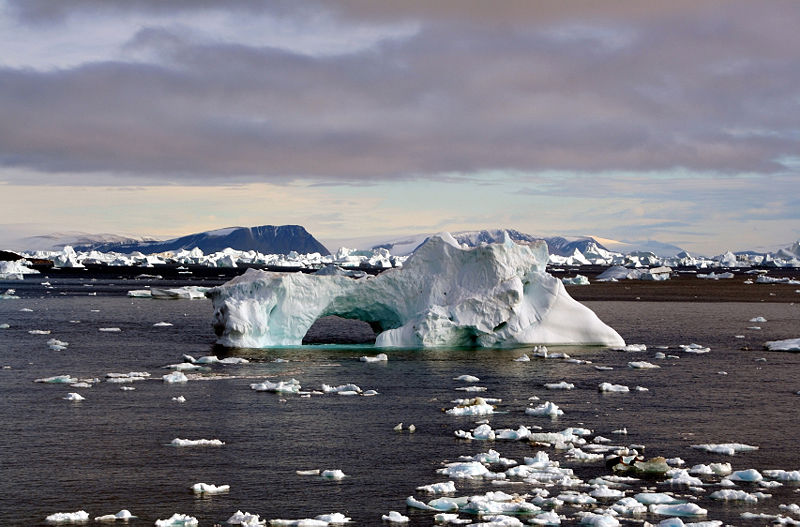
Climate change refers to changes in global or regional climate determined over a long term - typically a minimum of 30 years. Individual short-term weather events such as an intense storm or heat wave
...more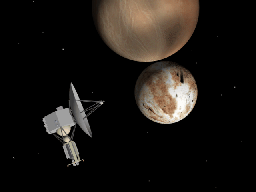
AU stands for Astronomical Units. Distances in space are too large to measure in Earth standards like miles or kilometers. For distances too large to measue in AU, we use light years. A light year is the
...more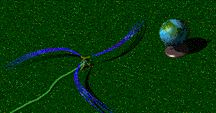
The solar wind is formed as the Sun's topmost layer blows off into space carrying with it magnetic fields still attached to the Sun. Gusts and disturbances form in the solar wind associated with violent
...more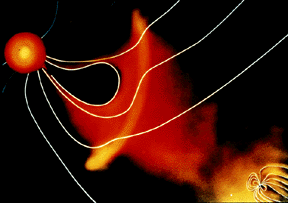
For a planet to be affected by a blob of material being ejected by the sun, the planet must be in the path of the blob, as shown in this picture. The Earth and its magnetosphere are shown in the bottom
...more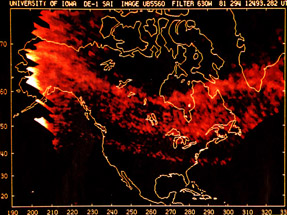
The aurora we are most familiar with is the polar aurora. This is what people are referring to when they speak of the northern or southern lights. But there are other less-known auroral activity, such
...more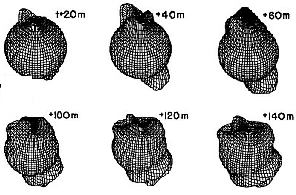
This figure shows the effect of the aurora on the atmosphere. When FAC's enter the atmosphere and create the aurora, they warm the atmosphere impulsively. This impulse travels throughout the atmosphere
...more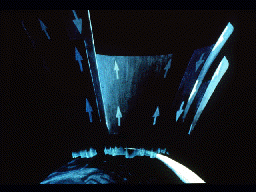
This picture illustrates the streaming of particles into and out of the auroral zone, as Field-aligned currents (FAC's) short-circuit through the ionosphere. Some of the particles entering the auroral
...more


